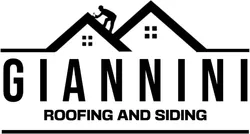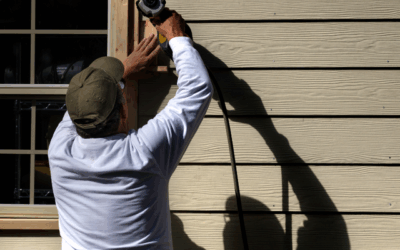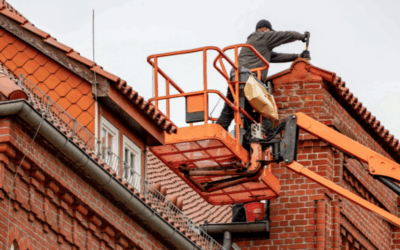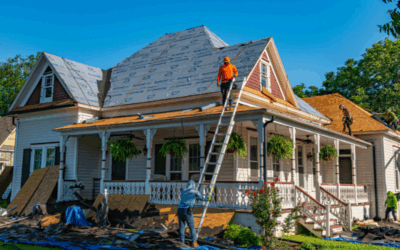Maintaining your roof is essential for longevity, but distinguishing between homeowner tasks and professional jobs can save you time, money, and—most importantly—injuries. In [Your Town], where seasonal extremes stress roofing systems, a balanced approach combines regular DIY care with expert inspections and repairs.
Safe DIY Tasks
-
Gutter Cleaning: Twice-yearly debris removal prevents ice dams and roof ponding. Use a sturdy ladder, gloves, and a scoop or trowel to clear leaves, pine needles, and shingle grit. Always maintain three points of contact and avoid leaning too far.
-
Debris Removal: Remove fallen branches, leaves, and moss patches using a soft-bristle broom. Never walk on a wet or steep roof—perform this from a ladder or hire a professional.
-
Visual Checks: From the ground, scan for missing shingles, sagging areas, or dark streaks. Use binoculars if needed. Inside your attic, check for daylight through the roof deck, damp insulation, or water stains on rafters.
-
Trim Overhanging Branches: Keep trees at least 6–8 feet from the roof edge to minimize abrasion and shade that fosters moss. Use proper ladder placement and pruning tools—call an arborist for large limbs.
Tasks Best Left to Professionals
-
Shingle Replacement & Roof Repairs: Handling shingles involves heights, awkward angles, and specialized underlayment techniques. Improper installation voids material warranties and risks leaks.
-
Flashing & Sealant Work: Flashing around chimneys, skylights, and vents requires precise fitting, correct sealants, and flashing metals to ensure watertight joints. A misstep here invites persistent leaks and interior damage.
-
Structural Assessments: Identifying rotten roof decking or compromised rafters requires opening the roof surface and evaluating load-bearing components—jobs that demand training and equipment.
-
Complete Reroofing: Removing old materials, inspecting substrate, installing underlayment, and ensuring proper ventilation all require coordination, crew safety protocols, and building-code compliance.
Why Professional Maintenance Matters
-
Safety First: Roof falls are a leading cause of home-improvement injuries. Professionals carry harnesses, OSHA training, and insurance.
-
Warranty Compliance: Most roofing manufacturers mandate annual or biannual professional inspections to keep warranties active.
-
Long-Term Savings: DIY fixes can mask deeper issues. A pro catches hidden decay, preventing emergency repairs that cost up to 3× more.
-
Code & Insurance Alignment: Professionals ensure work meets [Your Town] building codes and insurance requirements—critical after hail or wind events when claims hinge on documented upkeep.
Finding a Qualified Roofer
Look for contractors who are licensed, insured, and accredited by organizations like the National Roofing Contractors Association (NRCA). Check local reviews, ask for multiple bids, and compare written estimates. A reputable roofer will provide a detailed scope of work, warranty terms, and cleanup plan.
DIY Maintenance Calendar
-
Spring: Gutter clean‐out, attic moisture check, visual roof scan.
-
Summer: Trim branches, remove debris, spot‐treat algae or moss.
-
Fall: Second gutter cleaning, inspect after storms, check attic insulation.
-
Winter Prep: Secure loose gutters, inspect attic for ventilation to prevent ice dams.
Conclusion
A proactive maintenance strategy combines safe DIY practices—like clearing gutters and monitoring from the ground—with annual professional inspections and necessary repairs. By understanding which tasks to tackle yourself and when to call in the experts, you’ll extend your roof’s life, protect your home from weather extremes, and keep warranties valid—all while minimizing risk and expense.



